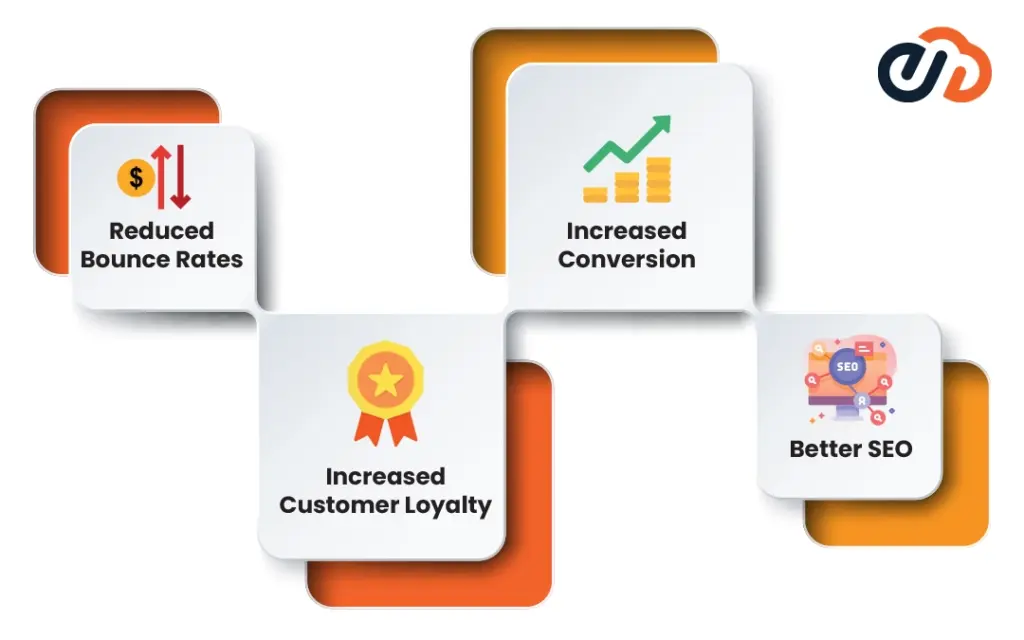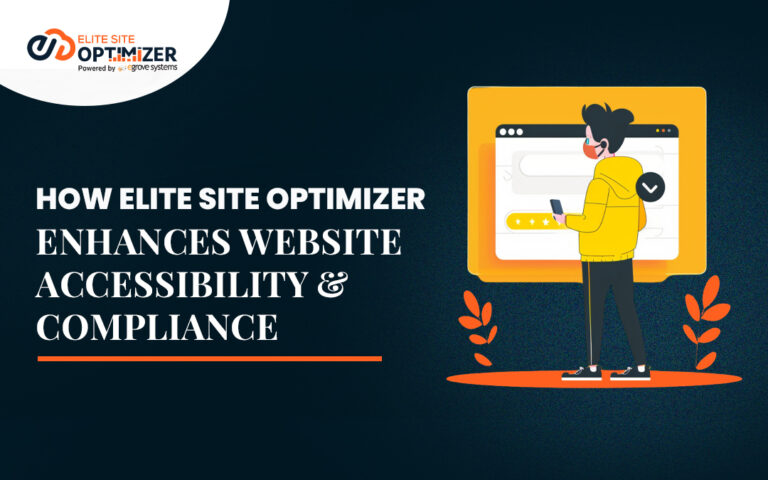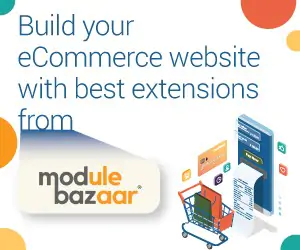For small e-commerce brands, the challenge of competing against the huge marketplaces and huge budgets of their larger competitors is an ongoing fight. However, one of the best ways to set themselves apart is through accessibility. An accessible online store does more than help customers with disabilities, and provides a smoother, faster and more inclusive online shopping experience for customers of all abilities. In fact, when done correctly, building an accessible store can serve as a growth strategy, as compared to just a ‘checking off the compliance list’ strategy.
How Website Accessibility Levels the Playing Field for Small E-Commerce Brands
While large retailers are able to leverage enormous inventories, extensive marketing budgets and sophisticated personalization tools, accessibility is an area where larger size does not always equate to greater effectiveness. Many of the large brands are still designing and developing their online stores with an excess of complexity and cluttered layouts. In addition, many times, the features they create do not support the use of assistive technologies.
In contrast, small e-commerce companies are typically more agile than their larger counterparts and have the ability to quickly develop and implement user-friendly experiences that are targeted at attracting and retaining more customers. The trust built through the investment in creating an accessible purchase experience enables small brands to increase their conversion rates and build greater market reach.
E-commerce website accessibility improvements often overlap with the areas of user experience, SEO, and mobile usage. Improvements made in one of these three areas will typically lead to positive improvements in all three.
Key Benefits of Accessible E-Commerce User Experiences for Small Online Stores
Accessibility is about breaking down barriers to make your website easier to use. When a user can easily navigate and read your site and perform actions with minimal effort, they will stay on your site longer and purchase more products. Independent online retailers have a distinct benefit over larger retailers that have complex, overburdened websites, such as:

- Reduced Bounce Rates: The ease of finding what visitors are looking for means fewer users will leave your site immediately after landing on it.
- Increased Conversion: Increased clarity in the purchasing journey results in a higher conversion rate.
- Better SEO: Search engines reward user-friendly sites, so increasing website accessibility will improve your SEO ranking.
- Increased Customer Loyalty: Inclusive designs foster trust among users. This will foster loyalty to your brand by creating an inclusive design.
Creating an accessible site creates a platform for supporting sustainable growth for independent retailers, particularly those who rely on repeat customers.
How Website Accessibility Helps Remove Friction From the E-Commerce Shopping Journey
Independent retailers may lose customers on the smallest of frictions. As a result, website accessibility is one of the best ways to reduce e-commerce frictions long before customers are at the moment of choice.
For instance, visitors require clear, readable text, an intuitive navigation structure, designs that are mobile-friendly, and predictable interactions with your site. Accessibility also supports customers with temporary conditions such as a cracked screen on a smartphone, low light, a slow internet connection, one-handed operation while multitasking.
Creating Clear, Accessible, and High-Converting Product Pages

Conversion happens on product pages, and accessibility is a big factor in how well these pages convert. Many ecommerce retailers do not realize that their cluttered layout, low contrast text, lack of alt text, or use of fun and decorative fonts are creating barriers. Making the product experience easier for consumers helps make that experience easier for everyone.
Some small changes like using large fonts, concise descriptions, alt text, and quick loading images can have a big impact on your website. Readable product content will improve the product’s accessibility, enabling customers to make more informed purchase decisions, thereby reducing returns and increasing customer satisfaction.
Improving Mobile Accessibility to Convert More On-the-Go E-Commerce Shoppers
Most of e-commerce’s traffic is generated through mobile devices and small businesses can build their brand with mobile access. If buttons are too small, forms are hard to fill out, or the layout changes unpredictably, your customers will leave your website. A mobile-friendly site should have spacing between any interactive elements, navigation menus, clearly labelled form fields, and quick loading pages.
Why Accessibility Builds Trust, Loyalty, and Credibility for Small E-Commerce Brands
Customers today expect much more than before when it comes to brands. They prioritise brands that create an inclusive environment, are transparent with their customers, and put the welfare of their users first. When a small eCommerce business decides to invest in website accessibility measures, it communicates a strong message to potential consumers that the brand values all customers.
In addition, trust increases when the content is clear and easy to understand, the website is intuitive, offers helpful explanations to common errors and FAQs, and consistent performance. Accessible experiences will contribute to reducing frustration and developing emotional connections to a brand. Developing these emotional connections is especially important for eCommerce brands that rely heavily on customer loyalty.
Cost-Effective Accessibility Improvements Small E-Commerce Stores Can Implement Today
Accessibility does not have to be difficult or expensive to achieve. By prioritising the high impact items first, small eCommerce brands can implement significant improvements. Prioritising these tasks will ensure that a solid foundation is built and that they will gradually develop better accessible experiences. For example, if a brand implements the following practices, they can cost effectively achieve website accessibility:

- Writing alt text for every product photo
- Utilizing high contrast colors
- Including descriptive labels for each form field
- Applying headings and sub-headings in a consistent manner throughout the site
- Providing closed captions for all videos
- Only using keyboard navigation for testing purposes
- Resolving broken links and confusing navigation pathways
Each of these provide immediate benefit, without the need for extensive redesigning.
Accessibility: The Small E-Commerce Growth Advantage
Small e-commerce businesses frequently feel as though they cannot successfully compete with the larger companies; however, accessibility has changed the rules. Accessibility provides a better user experience, which leads to increased conversion opportunities, improved SEO, increased customer loyalty, and increased competition.
By providing increased accessibility for your online store, brands not only comply with all of the guidelines but also create a more inviting and user-friendly environment for your customers that will ultimately make their e-commerce store more competitive than your typical e-commerce store. Ready to make your e-commerce store more accessible and competitive? Connect with Elite mCommerce today.







